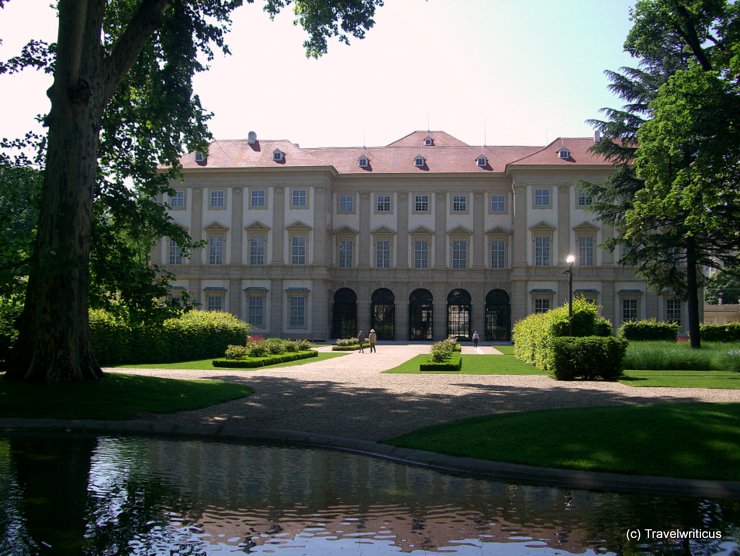
The Liechtenstein Garden Palace (Gartenpalais Liechtenstein) in Vienna houses a private art collection owned by the Princely Family of Liechtenstein. Guided tours tell you about the collected masterpieces and the palace architecture.
You only see what you know (Goethe)

The Liechtenstein Garden Palace (Gartenpalais Liechtenstein) in Vienna houses a private art collection owned by the Princely Family of Liechtenstein. Guided tours tell you about the collected masterpieces and the palace architecture.
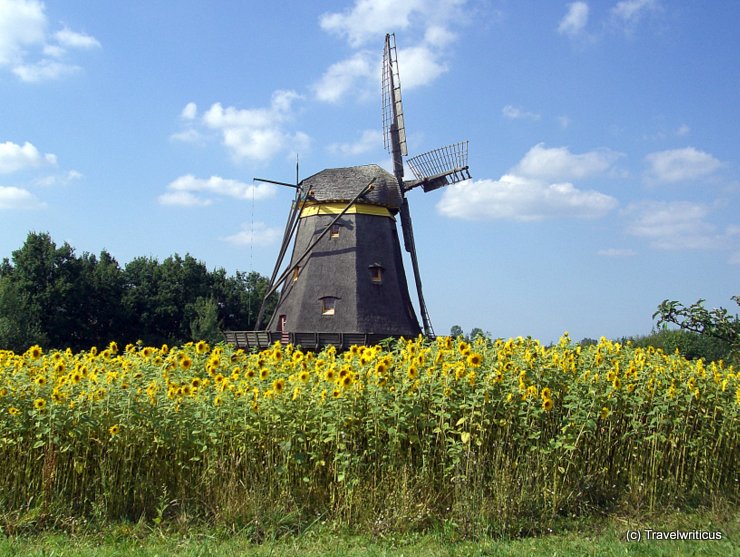
The Hessenpark forms an open-air museum featuring around 100 buildings from the German state of Hesse. Besides farmhouses, barns and windmills, you also see a marketplace with urban structures.
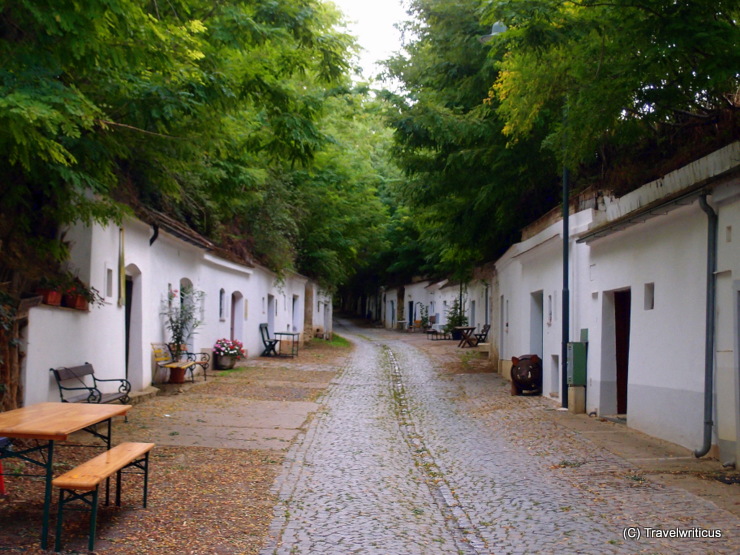
The Radyweg is considered the most extended wine cellar lane (Kellergasse) of Poysdorf. In earlier times, the buildings along the path formed wine cellars or press houses. A tour guide told me the length of all cellar lanes in Poysdorf adds up to 60 kilometres!
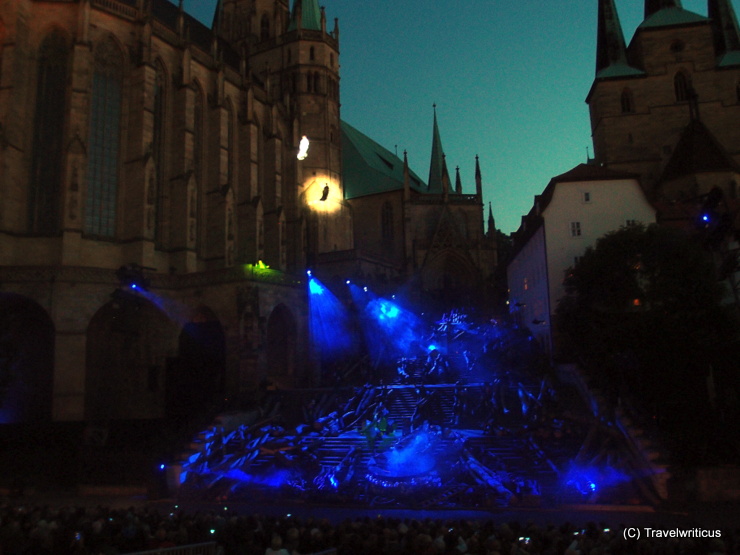
The Domstufen-Festspiele take place on the 70 steps right between the Mariendom Cathedral and the St. Severi Church. That way, the stage forms an inclined plane. As a result, there are additional options for the stage setting.
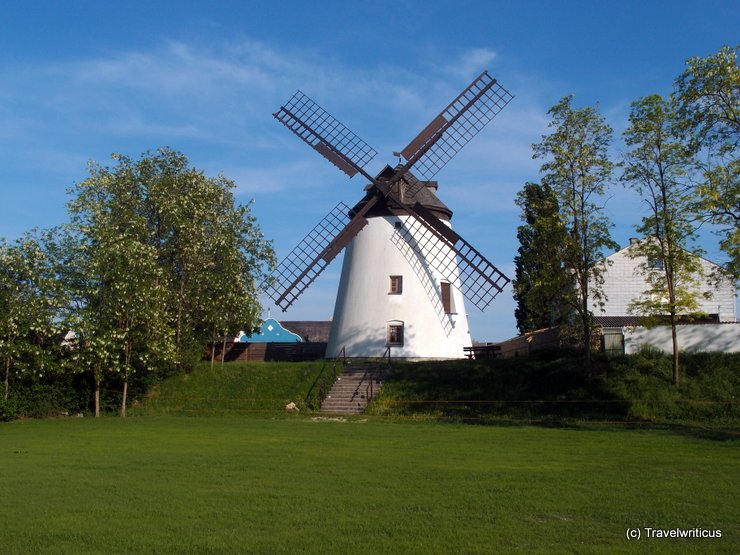
There are only two operable windmills in Austria. One of them stands in Podersdorf, a place in the Austrian state of Burgenland. The Association for the Preservation of the Podersdorf Windmill offers guided tours with
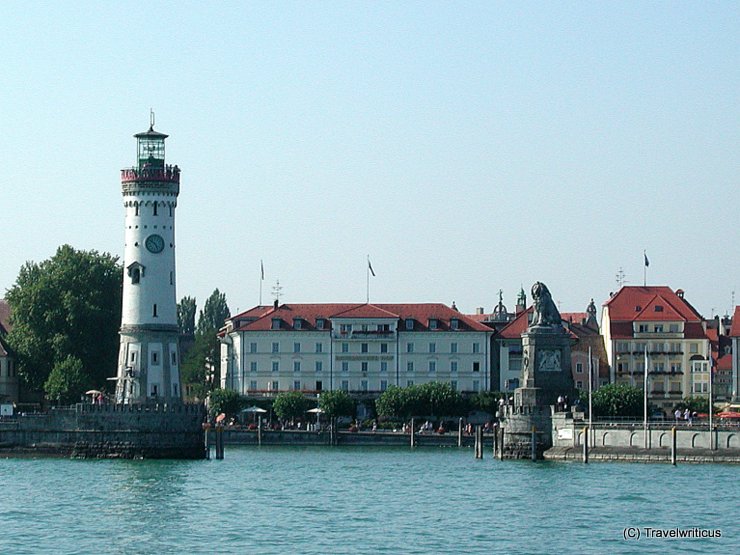
This lighthouse at the port of Lindau dates back to 1856. Opposite the lighthouse, you see a sculpture portraying the Bavarian Lion. Even though the historic centre of Lindau lies on an island, you can reach it by car and train.
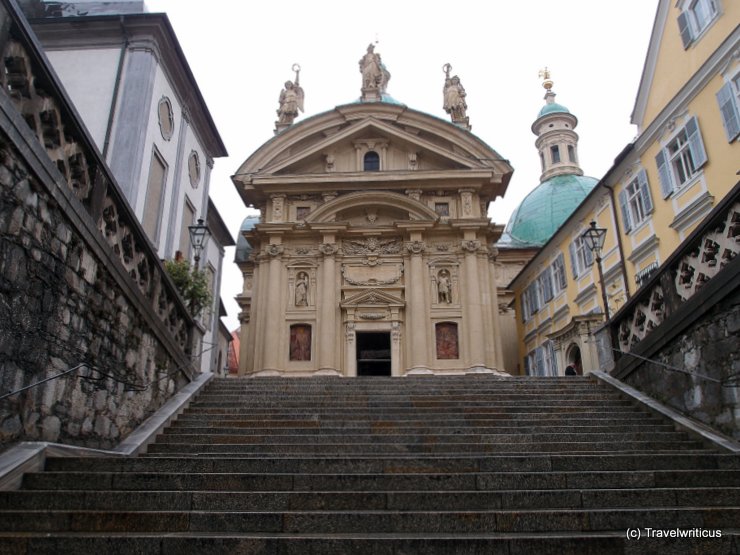
Visitors to the Austrian city of Graz often mention the Italian vibes they experienced in the streets. One reason for this perception is probably the mausoleum of Ferdinand II. The architect of this building was the Italian Giovanni Pietro de Pomis.
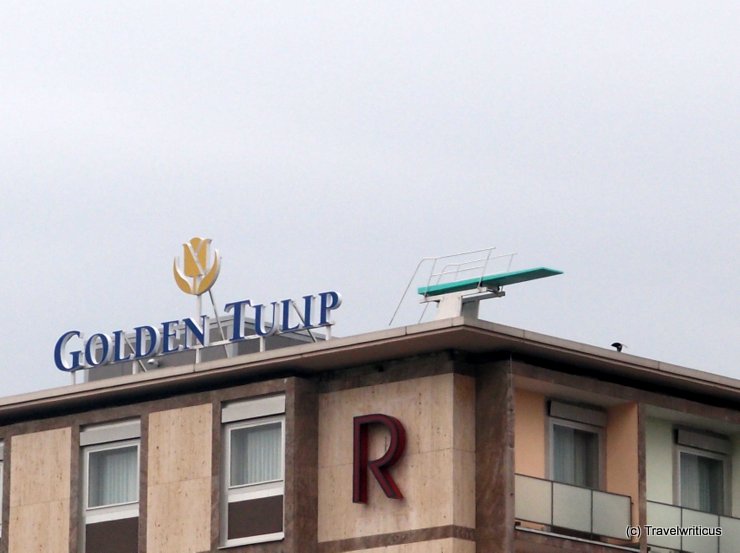
After leaving Kassel Central Station, I saw this odd detail on a hotel roof: a diving platform! The explanation for this strange view: It’s public art with the title “Arschbombe”. Kassel is truly a hotspot for contemporary art. [German]
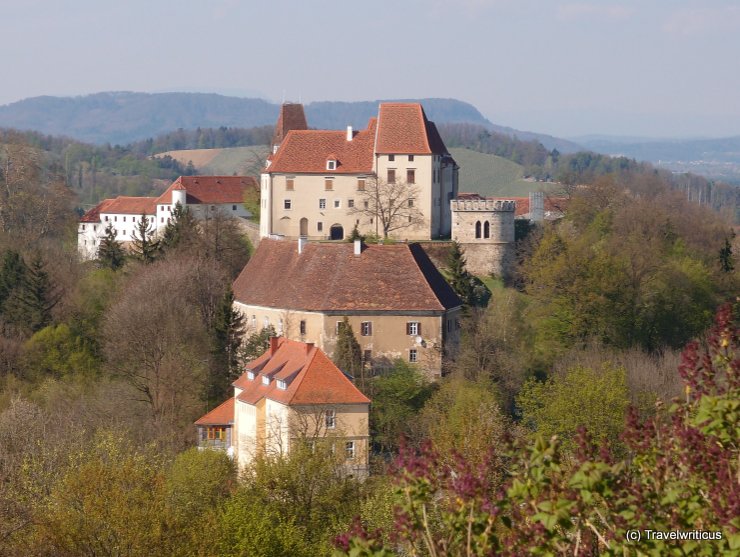
View of Seggau Castle (Schloss Seggau) taken from the nearby Frauenberg Hill. On the walls of the central building, you find an extensive compilation of ancient Roman tombstones.
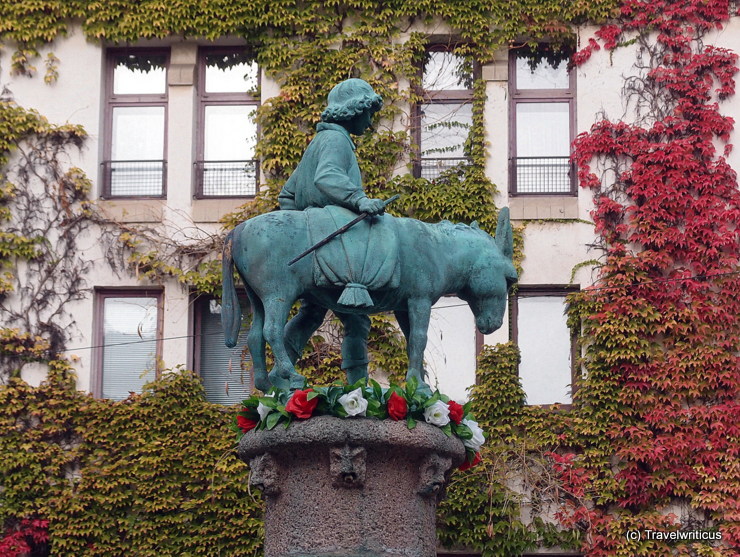
The Donkey Fountain (Eselsbrunnen) on the Old Market (Alter Markt) in Halle (Saale) dates back to 1913. Its motiv – a man with a donkey walks over a rug of roses – refers to an old but fun legend. [German]
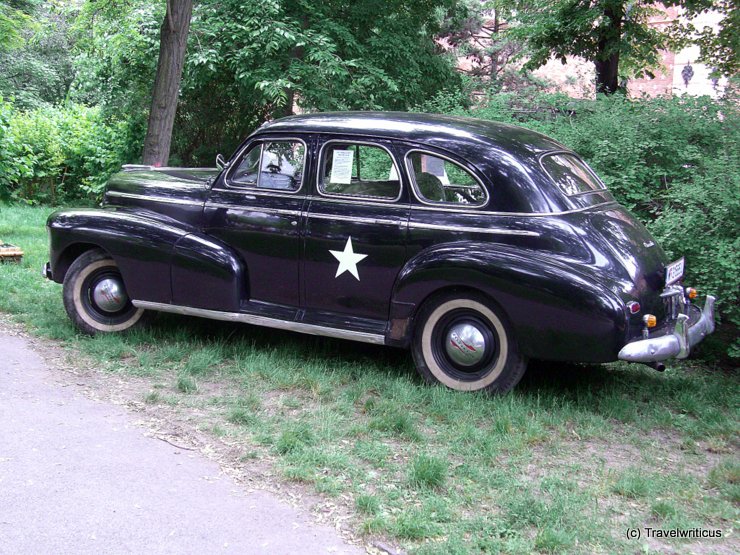
The Museum of Military History (Heeresgeschichtliches Museum) organizes a military car festival in Vienna every year. At this event, I took this photo of a Chevrolet Fleetmaster 1946. The US High Commissioner used the depicted car in Austria from 1946–1950.
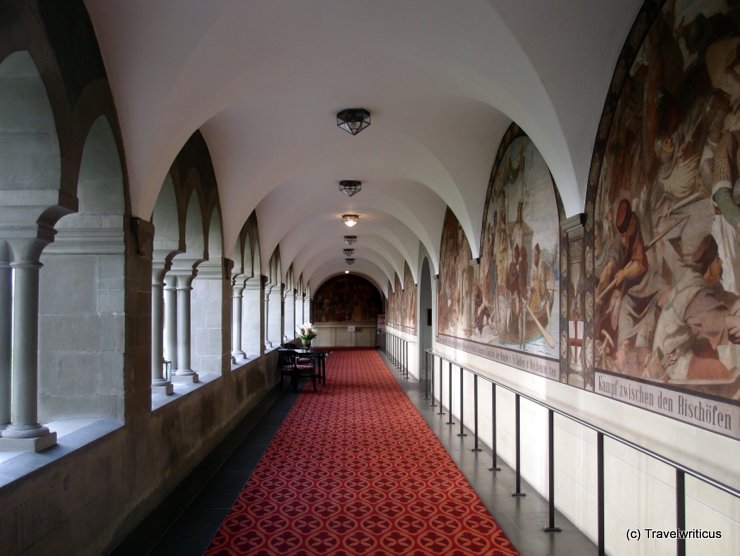
Many years ago, a monastery stood on the Dominican Island next to Constance (Konstanz). Today the old walls accommodate a hotel, where guests enjoy the former cloister with wall paintings by Carl von Haeberlin.